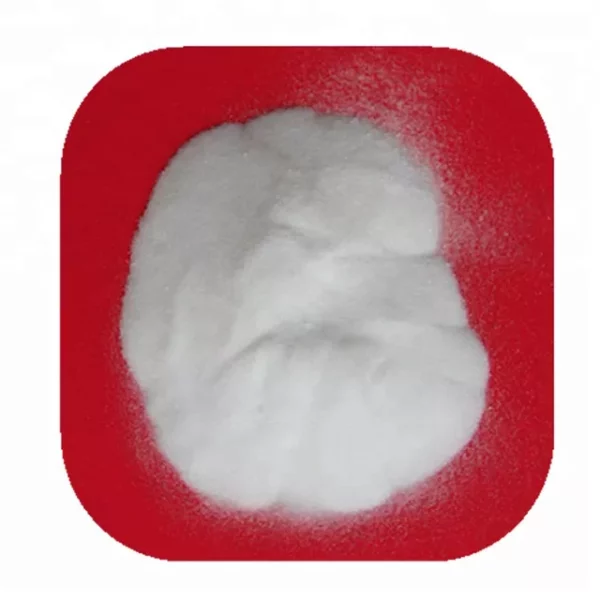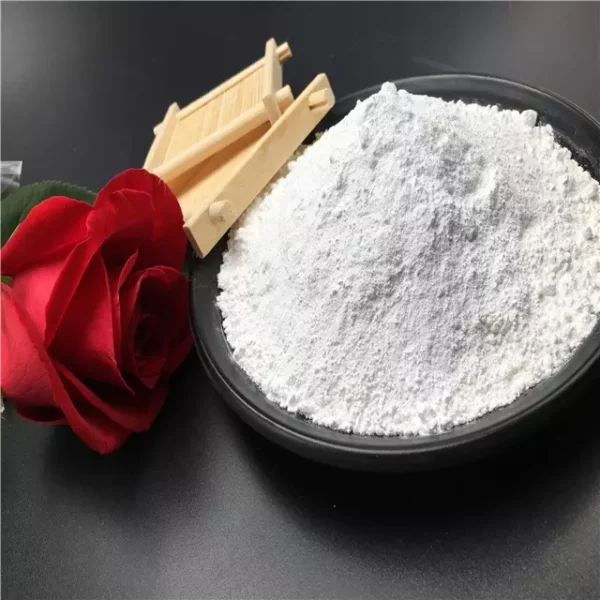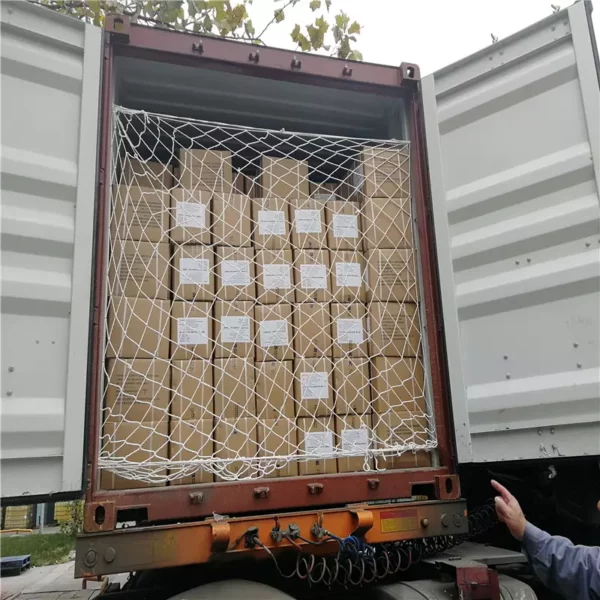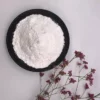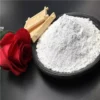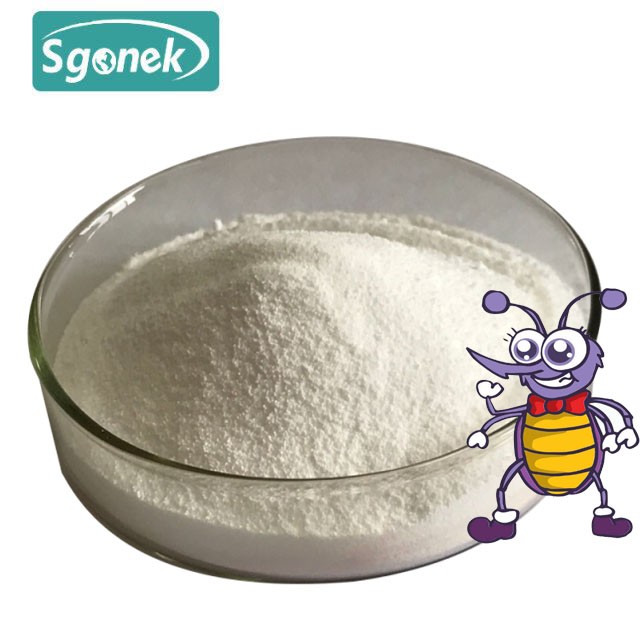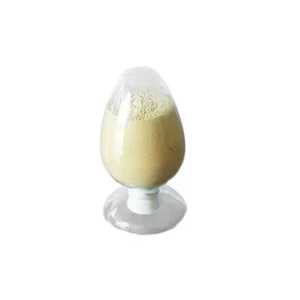Application:
More than 120 different crops, including vegetables, tee tree, fruit tree, ornamentals, forestry, cotton, tobacco, etc.
Used as a growth regulator fruit thinning of apples.
Uses:
Control of Lepidoptera, Coleoptera, and other chewing and sucking insects, at 0.25-2.0 kg a.i./ha, on more than 120 different crops, including vegetables, tree fruit (including citrus), mangoes, bananas, strawberries, nuts, vines, olives, okra, cucurbits, peanuts, soya beans, cotton, rice, tobacco, cereals, beet, maize, sorghum, alfalfa, potatoes, ornamentals, forestry, etc. Control of earthworms in turf. Used as a growth regulator for fruit thinning of apples. Also used as an animal ectoparasiticide.
Application Area
The goods of Carbaryl pesticides, have tag, stomach poison effect, micro have systemic quality, to more than 100 kinds of insect pests prevention and control of more than 150 kinds of plants. Can be processed into wettable powder or rubber suspension agent, used for the prevention and treatment of rice rice planthopper and rice leafhopper, cotton pink bollworm, soybean budworm and fruit pests. Of organochlorine, organophosphate resistance of insects have good control effect. Dose is 375-750 – g per hectare commonly effective components. The goods cannot be used with basicity pesticide mixed. High toxicity to the bees, beekeeping region in the flowering season should not be used.

